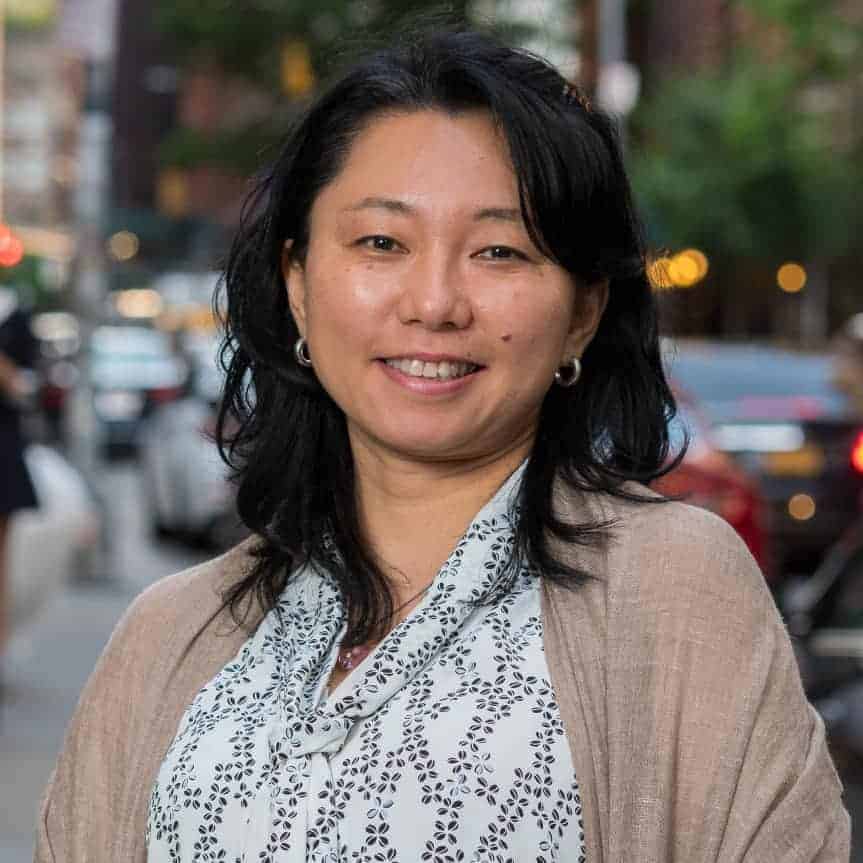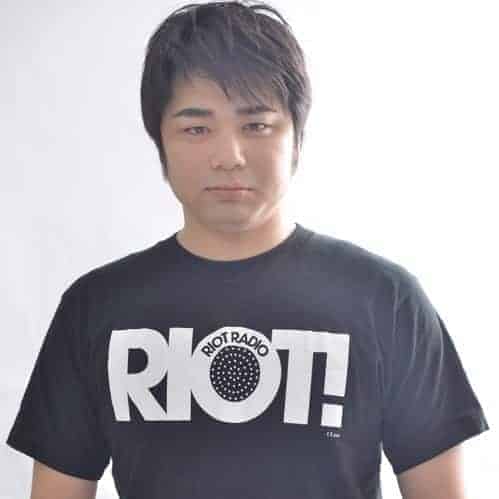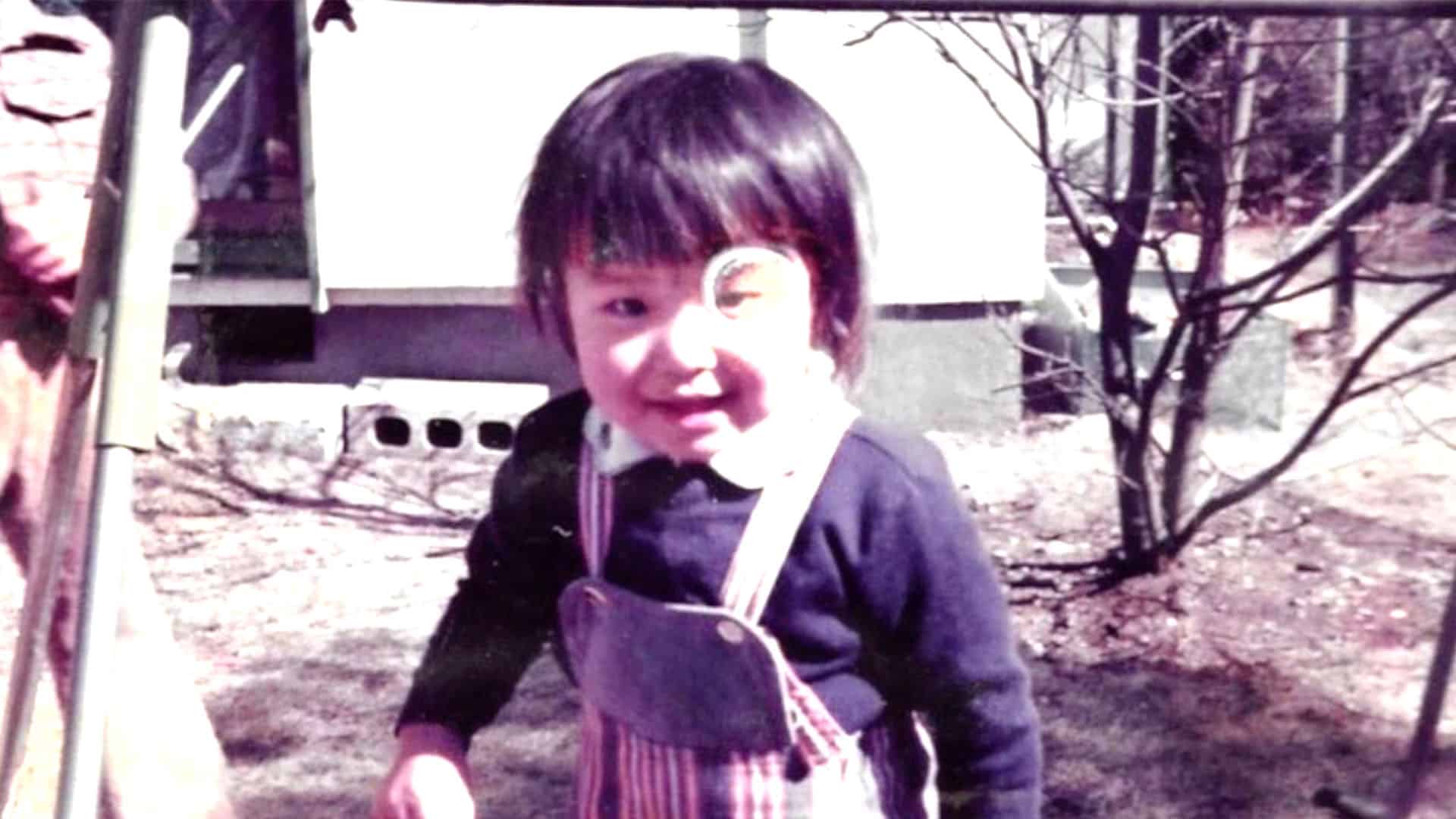After years of working in film production in her home country of Japan, director Naomi Mizoguchi eventually went freelance to work on various projects, including TV documentaries and films focusing on cultural topics. In 2008, she co-established Cineminga, a company which helped indigenous people in South America and Asia to make films about their traditions and cultural heritage. Even though she resigned in 2014, Mizoguchi has still maintained the focus on the lives and culture of indigenous people, as indicated by her feature “Ainu – Indigenous People of Japan” which was part of the program of this year's Nippon Connection.
We talked with the director about her film, the collaboration with the Ainu and their culture.
As mentioned in your statement, the Ainu are largely unknown in Japan, though they are native to one of the largest islands in the archipelago. Why do you think is that and what has changed in recent years?
Why Ainu started living in Hokkaido is a good question, but since I am not an archaeologist, I don't want to answer it with my little knowledge on the subject. What I know is that many things regarding their origin are unknown. There is a misconception that the Ainu's lives suddenly changed after the Meiji era. As if until then, Ainu had not been contacted, but they, along with the Wajin people in the main island, had been importing and exporting for a long time.
You may already know but, roughly, in Japan, we have three kinds of people from different origins. People in what is now called Hokkaido are believed to be from the northern islands. On the other hand, people on the main islands mostly came from the Korean peninsula. Ryukyu people are also believed to be different. These three types of people have a distinctive culture and language.
The Meiji restoration in 1868 is the biggest turning point in Japanese history because it transformed Japan into a modern society. I would say especially since WWII, Ainu and Wajin have shared the same culture and lifestyle. I think the late Kayano Shigeru, husband to Reiko, who we can see in the film, is one of the most important people for making Ainu visible in Japan.
In the film, you get the impression you had a very close relationship with the four Ainu elders. Could you tell us about their reaction to the project and how it was to work with them?
I knew them, especially the two men ad their wives, very well, so I didn't have any difficulties with communication when I started filming. I stayed at Kawanano-san's house. He calls the room I slept in “Naomi's room.” I was invited to Nabesawa-san's house several times for drinks and dinner and after eight years, I finally asked them whether I could film them.
So, when I told them about making this film, their reaction was very positive. My only concern was their family members, especially the ones I had never met. When I asked them to sign the release, I made sure their family members were okay with the project. I really wanted them to understand that once it is released, their faces and voices would be seen all over the world.
I took a similar process with the other people in the town. Before finalizing the film, I held a final cut screening at the town, inviting local leaders and most of the people who are in the film. This screening was good for me because I got to know many things from the point of view of the locals. I also made 100 DVDs and gave them to the people who are involved in this film.
What do you think is the most beautiful aspect of Ainu culture and Ainu language?
In my opinion, like other indigenous cultures and languages, the beauty is that it is the people who created the culture and the language and passed it on orally and physically, by observation and participation. I guess over the course of many years, their culture, manners, and language must have changed, based on their lifestyles and other aspects. Hokkaido is big, therefore, Ainu culture and language are slightly different in each region. Experts can identify the region by looking at patterns or listening to their songs.
I also found something interesting in the Ainu language. Whenever they say a prayer or something in front of people, they always include “I humbly ask.” I think humbleness is one of the beauties of Ainu culture. For instance, the word Irankarapte or “hello” literally means “Allow me to softly touch your heart.” Isn't this beautiful?
One of the most important aspects in Ainu culture is their artistry in weaving and designing clothes. Can you tell us a bit about aspects of Ainu culture as portrayed in your film?
I am impressed how Ainu people treat things with respect. For instance, when the old couple went to get a tree bark in the film, they prayed before getting it, and they only took what they needed. They also leave signs on the tree so people know that bark has been taken from that specific tree. I shot the whole process of making threads, yarns, and weaving. I didn't include these scenes in my film, but the couple basically uses all of the bark. I only left a few of those elements in my final cut as I would rather include the many different aspects of the culture, which I hope will spark the interest of different people about Ainu culture.
Throughout the film we can see many Japanese people – young and old – wanting to learn Ainu ways, especially their language. Do you think the Japanese have finally accepted the Ainu as part of their culture?
The simple answer is, I don't think so. I don't know if “finally accepted” is the right word. It's a fact there are some or particular people who don't want to accept Ainu as part of Japan's culture. But in general, most of the Japanese people don't know anything about Ainu, there is a lack of information and there are misconceptions. I would rather say Ainu should be known. And, I want the media to focus on their culture.
There was disappointing news last year, that originally the Ainu were supposed to be a part of the opening ceremony in the Tokyo Olympics and I personally know some Ainu friends who had participated in the practice for the Olympics. But they cut the Ainu from the program due to time limitations. I hope next year, when the Olympics happen, they reconsider the program and include Ainu in the ceremony.
Even though this is a very difficult question, but do you think that in 10 years the Ainu will still be there?
Yes, I think so and strongly hope so.
How much time did your spend editing and shooting the film?
The filming took place between February in 2016 and March in 2018. My main editing session was between January and May in 2018. Sound mix was in June, 2018.
What can you tell us about future projects that you are working on?
Since I financed this entire production, right now, I am in a phase of “charging”. In the fall of 2018, I started working on commercial media and independent projects in New York as assistant editor and editor. I work back and forth between commercial media, independent media and community media, and this way is working for me.
Personally, I am interested in making films with a deep collaboration with locals, like this film. I especially like to work with people whose voices are not usually heard, such as minorities, indigenous people and people who live in remote areas. I am also always interested in teaching filmmaking to local people so that they have the skills to tell their own story.















